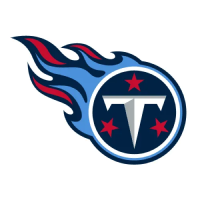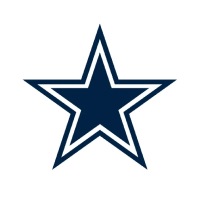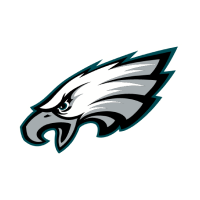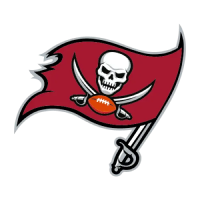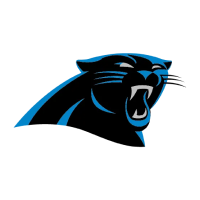For anyone new to the family here at The Draft Network, Contextualized Quarterbacking is an annual project I put together for TDN Premium subscribers. In Contextualized Quarterbacking, I chart the significant draft-eligible quarterbacks across their final seasons, tagging each dropback with a ton of situational features that allow us to understand their game at more specific and situational levels.
Each throw is graded both for Accuracy and for Ball Placement. Accuracy is a general metric for catchable passes—an accurate pass is a catchable pass—while Placement scores take more details into account: maximizing YAC opportunities, protecting the wide receiver from unnecessary hits, and protecting the ball from being played on by the defensive back. Throws are also charted relative to depth and passing direction, to understand how target distribution affects accuracy scores for each quarterback. It’s harder to throw deep!
Contextualized Quarterbacking helps us understand what each college offense asked of their quarterback, which gives us an additional tool for projecting these passers to the pros. When we understand their college offense, we can better identify those skills that will translate to the pro level, and accordingly, project the ideal scheme fits for each player.
Not even Contextualized Quarterbacking, with all of its… you know, contextualizing… can really capture the exhilaration of the Kellen Mond rollercoaster. The accuracy and placement numbers are generally below average, but there are some really sick throws on Mond’s film, and his arm allows for him to hit closing windows that other quarterbacks in this class wouldn’t dare try. Of course, for every sick throw, there’s an accompanying head-scratcher.
At the end of the day, Mond was a four-year starter who finished his career with the best supporting cast he’s ever had, in a pro-style passing attack, and was at times dominant (Arkansas) and at times an active limiter on his team’s success (LSU, UNC). It’s tough to project much more growth from what is now a mercurial enigma of a passer.
TARGETS
| Left | Middle | Right | |
|---|---|---|---|
| 20+ | 4.1% | 5.9% | 2.4% |
| 10-19 | 7.2% | 16.6% | 6.9% |
| 0-9 | 9.0% | 33.1% | 3.8% |
| <0 | 0.3% | 10.0% | 0.7% |
YARDS
| Left | Middle | Right | |
|---|---|---|---|
| 20+ | 3.7% | 15.0% | 4.0% |
| 10-19 | 2.1% | 19.3% | 4.9% |
| 0-9 | 8.9% | 28.3% | 4.1% |
| <0 | 0.8% | 8.1% | 0.8% |
Mond is one of the most diligent intermediate passers in this class, up there with Zach Wilson, and there’s some similarity in how they get there. Both have zippy balls, quick releases, and the ability to throw from off-platform to buy a little extra time and distribute the ball. While Wilson has a penchant for avoiding interceptable balls, Mond has the opposite, so Texas A&M’s insistence on giving him routes in the most crowded area of the field seems counterintuitive. Mond’s accuracy numbers get bogged down by this aggressiveness, as he regularly throws the ball into tight coverage looks that offer no chance for a safe and accurate football, and growth into more risk-averse decision-making would, perhaps, lead to a boost in efficacy for an objectively talented passer.
ACCURACY
| Left | Middle | Right | |
|---|---|---|---|
| 20+ | .455 | .604 | .573 |
| 10-19 | .523 | .746 | .571 |
| 0-9 | .672 | .801 | .628 |
| <0 | 1.000 | .989 | 1.000 |
PLACEMENT
| Left | Middle | Right | |
|---|---|---|---|
| 20+ | .401 | .425 | .432 |
| 10-19 | .528 | .562 | .499 |
| 0-9 | .729 | .781 | .723 |
| <0 | 1.000 | .895 | 1.000 |
Mond has superior ball placement metrics to the other Day 2 QB target in this class, Stanford’s Davis Mills, while also possessing better physical tools and a background in a more traditional, pro-inspired passing offense. He is easily the best candidate for QB6 off the board, even with his extensive and rather fruitless history in the SEC considered. A cleanly stratified chart of placement numbers indicate that Mond’s big arm may never translate into consistent explosive plays downfield, but in a pinch, Mond is a workable candidate for immediate starts in the NFL in traditional West Coast offenses that work from the pocket and offer heavy shallow crossers and flats, as Mond throws those routes well.
Filed In
Related Articles
NFL Draft
Arik Gilbert Doesn’t Need Big Workload To Be A Top NFL Draft Pick
- Aug 22, 2022
NFL Draft
2023 NFL Mock Draft: Marino 1.0
- Aug 22, 2022
Written By









